Official government website of the Government of the Kingdom of Saudi Arabia
Links to official Saudi websites end withgov.sa
All links to official websites of government agencies in the Kingdom ofSaudi Arabia end with .gov.sa
Government websites use theHTTPSprotocol for encryption and security.
Secure websites in the Kingdom of Saudi Arabia use the HTTPS protocolfor encryption.

الهيئة العامة للإحصاء تستعد لتنفيذ مسح القوى العاملة للربع الرابع من عام 2021
21-09-2021
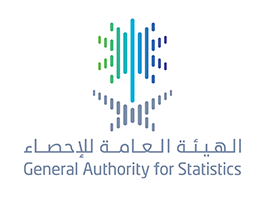
الهيئة العامة للإحصاء تستعد لتنفيذ عدد من المسوح الإحصائية عبر الهاتف
17-09-2021
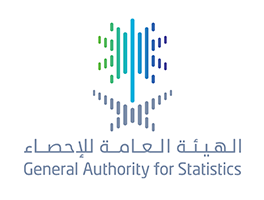
توقيع مذكرة تعاون بين الهيئة العامة للإحصاء والهيئة الملكية لمحافظة العلا
17-09-2021
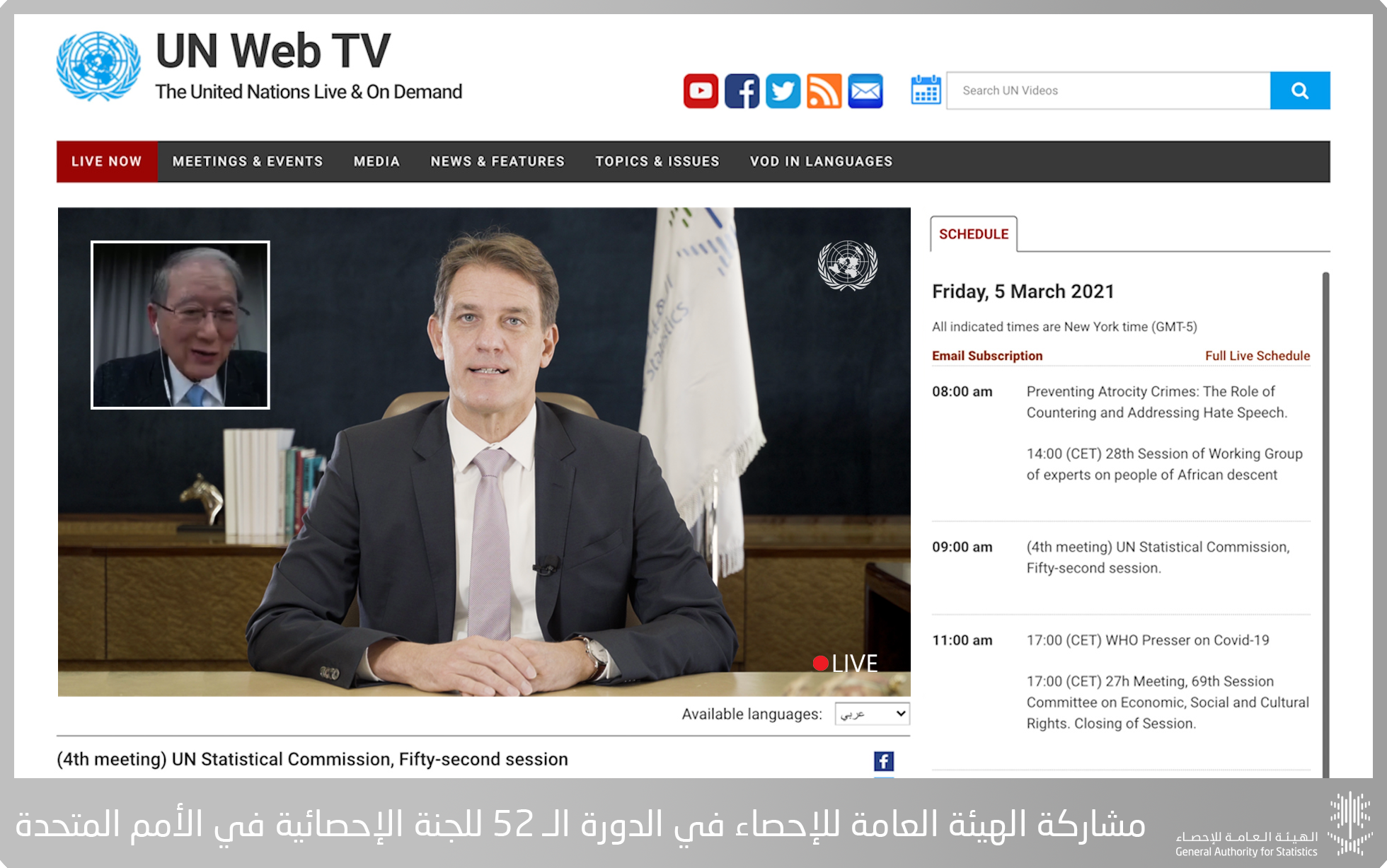
The General Authority for Statistics participates in the 52nd session of the United Nations Statistical Commission.
13-03-2021
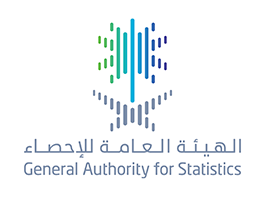
General Authority for Statistics Holds the Saudi Standard Classification of Occupations’ Forum on Wednesday
09-03-2021
The General Authority for Statistics Launches the Tourism Establishments Survey Project
30-01-2021
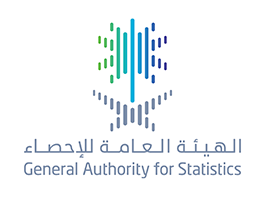
Statistics: The results of the labor market survey will be released during the coming period, due to the importance of the target period, and more reviews
20-01-2021
The General Authority for Statistics Participates in the Gulf Statistics Day ...
24-12-2020

الهيئة العامة للإحصاء تستعد لتنفيذ مسح القوى العاملة للربع الرابع من عام 2021
21-09-2021

الهيئة العامة للإحصاء تستعد لتنفيذ عدد من المسوح الإحصائية عبر الهاتف
17-09-2021

توقيع مذكرة تعاون بين الهيئة العامة للإحصاء والهيئة الملكية لمحافظة العلا
17-09-2021

The General Authority for Statistics participates in the 52nd session of the United Nations Statistical Commission.
13-03-2021

General Authority for Statistics Holds the Saudi Standard Classification of Occupations’ Forum on Wednesday
09-03-2021
The General Authority for Statistics Launches the Tourism Establishments Survey Project
30-01-2021

Statistics: The results of the labor market survey will be released during the coming period, due to the importance of the target period, and more reviews
20-01-2021
The General Authority for Statistics Participates in the Gulf Statistics Day ...
24-12-2020